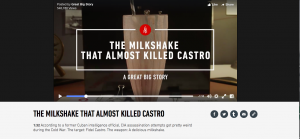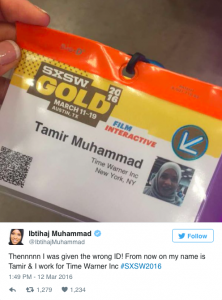By ETTY GROSSMAN
You’ve probably heard about Snapchat but, for those who haven’t, it is a popular mobile app that allows you to send costumed videos and pictures, which will be self-destructed after a maximum of 10 seconds after the recipient opens it.
Snapchat is mostly a hit among teenagers though it is catching on and embracing new demographics every day. Updates are added to the application frequently in order to improve it and attract all type of publics.
In an attempt to draw more users, on January 2015, Snapchat launched a big project: “Snapchat Discover.” A new way to explore stories from different editorial teams who build storytelling formats that put the narrative first.
Fusion, a television cable, and satellite Hispanic news channel were part of Discover. For me it was the perfect fit, sadly, for some others it wasn’t.
Fusion gears its programming less towards the constant coverage of breaking news, instead, it emphasizes in context and analysis on news and issues, along with interviews, documentaries and long-form reports on current events, lifestyle and pop culture.
In a platform full of highly recognized media channels, such as CNN, ESPN, Vice, National Geographic, MTV, just to name a few; Fusion served as a door to social justice. A topic that is rarely portrayed, because when it is, it tends to be annoyingly slanted.
Fusion addressed its topics in a very sincere and real way, its writers had a very personal tone when writing, which let the readers connect with what was been told.
They knew when to talk about politics and selected only the most newsworthy breaking news when it was necessary.
Even though it did a great job with content and graphics, on April 1, the Fusion bubble disappeared from Snapchat.
Now every Discover Fusion reader is asking the same thing. If Snapchat built Discover for creatives, why did they take out Fusion without any announcement? Why do they left a platform full of the same news we are bombarded with every day?




 o help his parents support his six other siblings.
o help his parents support his six other siblings.
 Brandi Chastain, former U.S. national soccer team member, just announced that she will be donating her brain to Boston University for
Brandi Chastain, former U.S. national soccer team member, just announced that she will be donating her brain to Boston University for